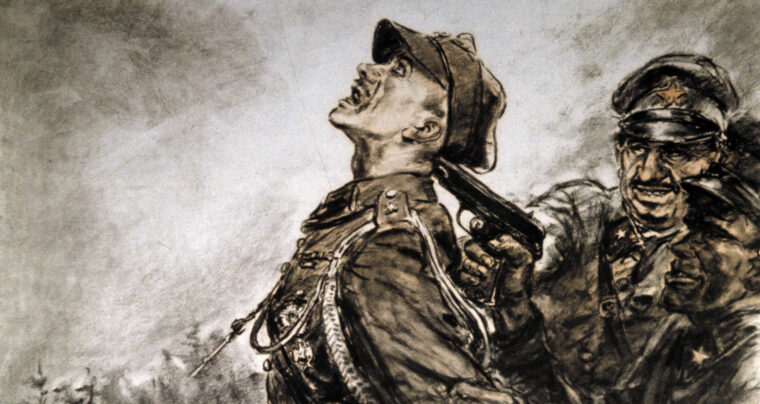
WWII
The Soviet Secret Police & the Katyn Forest Massacre
By Richard RuleOn September 17, 1939, in the wake of Hitler’s invasion of Poland, the Soviet Red Army crossed the Polish frontier from the east. Read more


WWII
On September 17, 1939, in the wake of Hitler’s invasion of Poland, the Soviet Red Army crossed the Polish frontier from the east. Read more
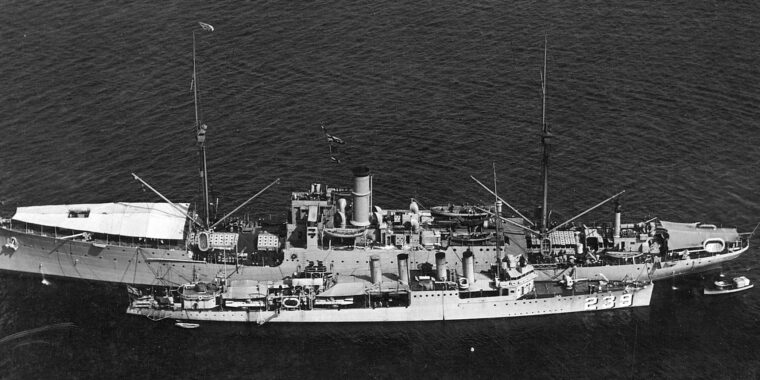
WWII
On Saturday, December 6, 1941, the repair ship USS Vestal eased alongside the USS Arizona at her berth at Pearl Harbor. Read more
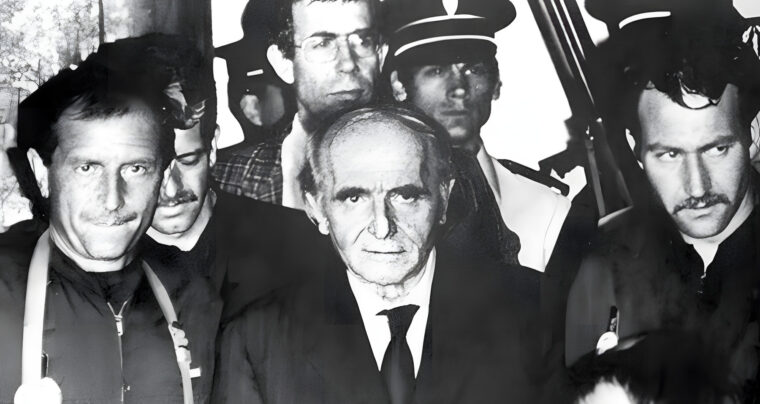
WWII
By 1944, many top generals in Adolf Hitler’s army understood the war was lost and that they had better make arrangements to ensure their safety. Read more
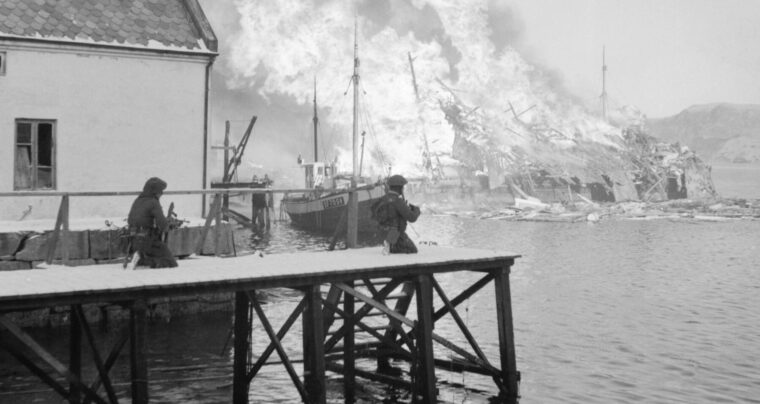
WWII
Following the forced evacuation of Allied forces at Dunkirk in June 1940, British leaders viewed a dim future. Read more
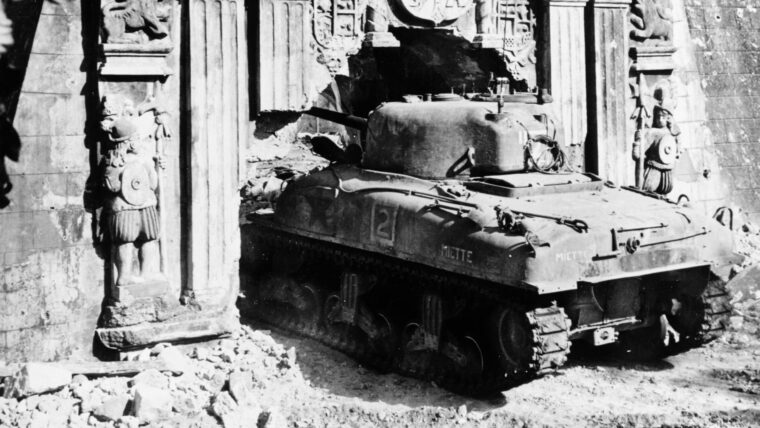
WWII
The “Pearl of the Orient” had lost all of its luster by January 1945.
Three years of brutal Japanese occupation had left many of Manila’s 800,000 native residents humiliated, tortured, or dead. Read more
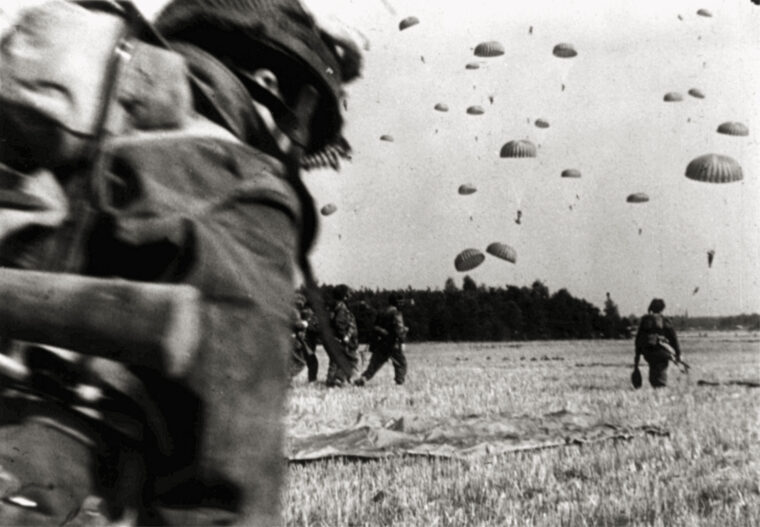
WWII
Two men were seated on either side of a paper-strewn table inside an office of MI5, the British intelligence service, in the Royal Victoria Patriotic School at Clapham, London, shortly after the fall of France in the spring of 1940. Read more
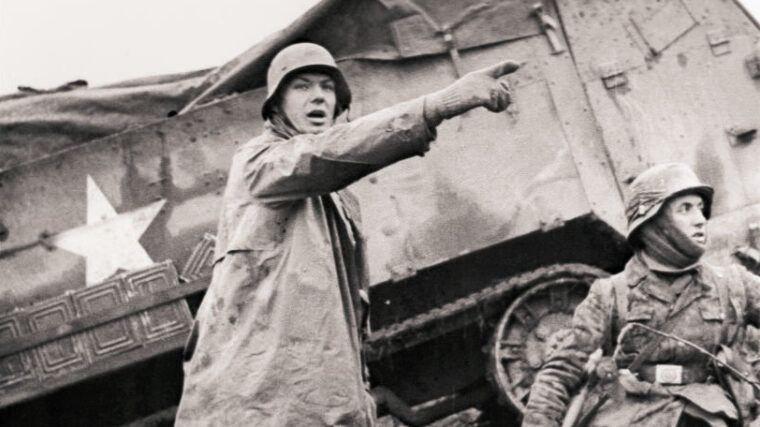
WWII
The Ardennes Forest in eastern Belgium seemed almost surreal in the last days of autumn 1944, a quiet backwater in a raging storm. Read more
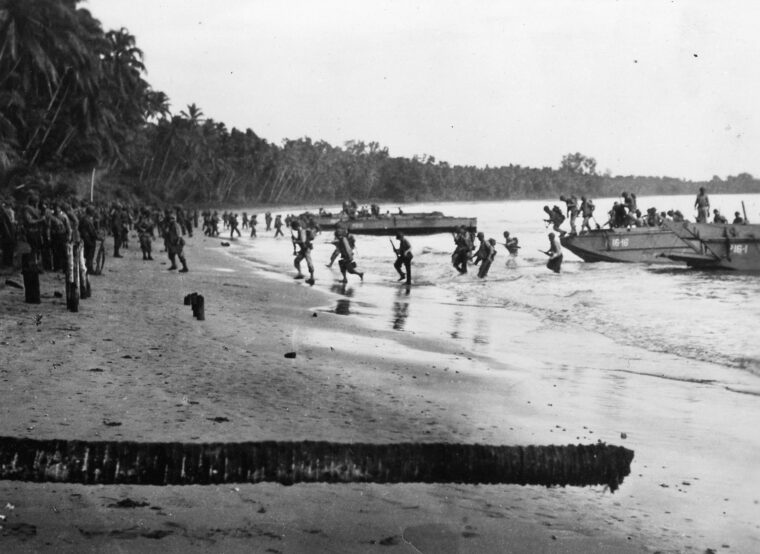
WWII
In the long and distinguished history of the U.S. Marine Corps, thousands of marines have been awarded medals for meritorious service on the battlefield. Read more
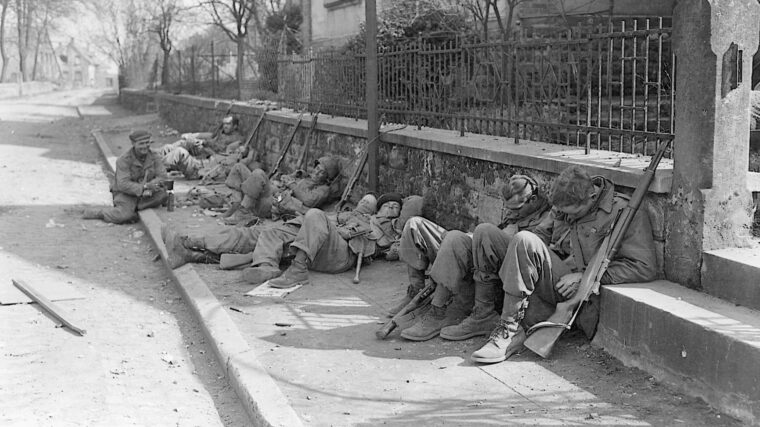
WWII
One of the most precious resources in war, and the one most often in short supply, is sleep. Read more
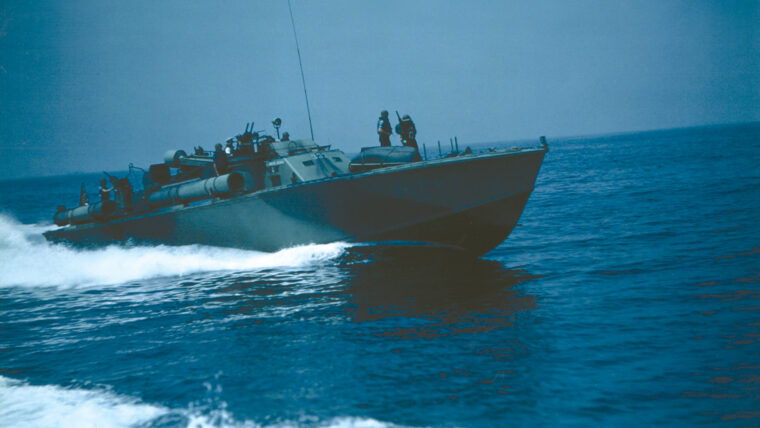
WWII
In modern naval history, there is perhaps no more colorful figure than the late Vice Admiral John Duncan Bulkeley. Read more
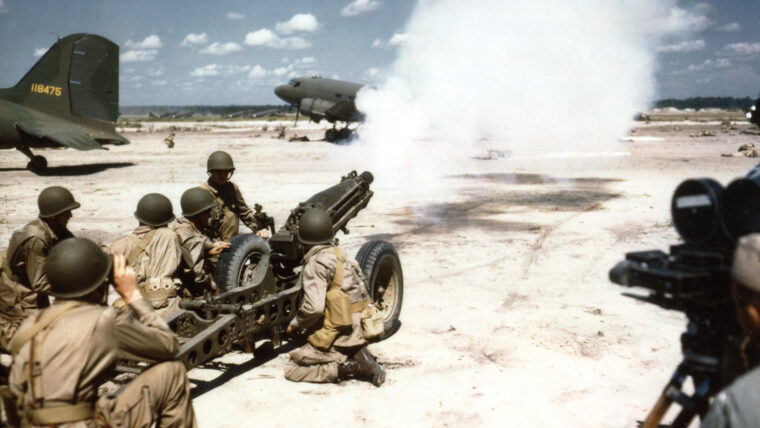
WWII
Every American soldier who jumped into North Africa, Europe, the Philippines and other combat zones around the globe during WWII had to first learn his trade at Fort Benning, Georgia. Read more
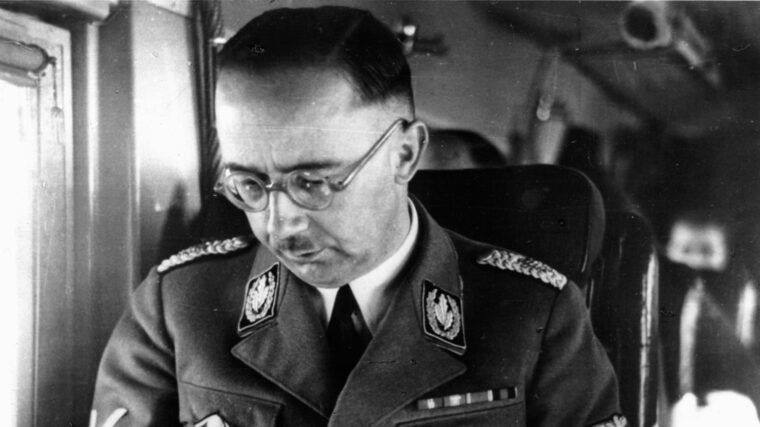
WWII
On Monday, May 21, 1945, men of the British 51st Highland Division were busy screening Germans and foreign nationals, mainly displaced persons attempting to go west over a small bridge near newly conquered Bremervoerde, Germany. Read more
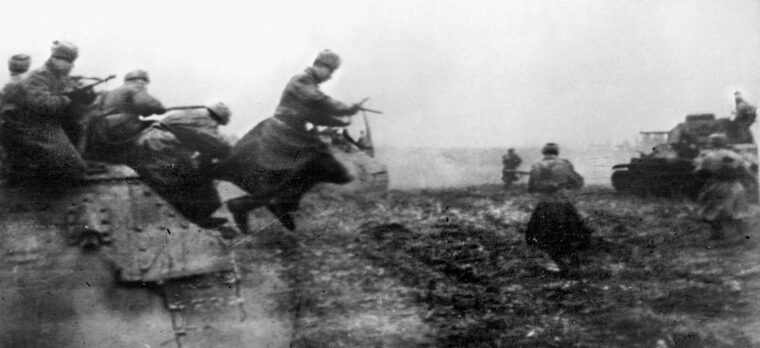
WWII
By the end of 1944, the Soviet Red Army had surrounded the Hungarian capital of Budapest and established strong defensive positions running from Esztergom on the Danube to Lake Balaton. Read more
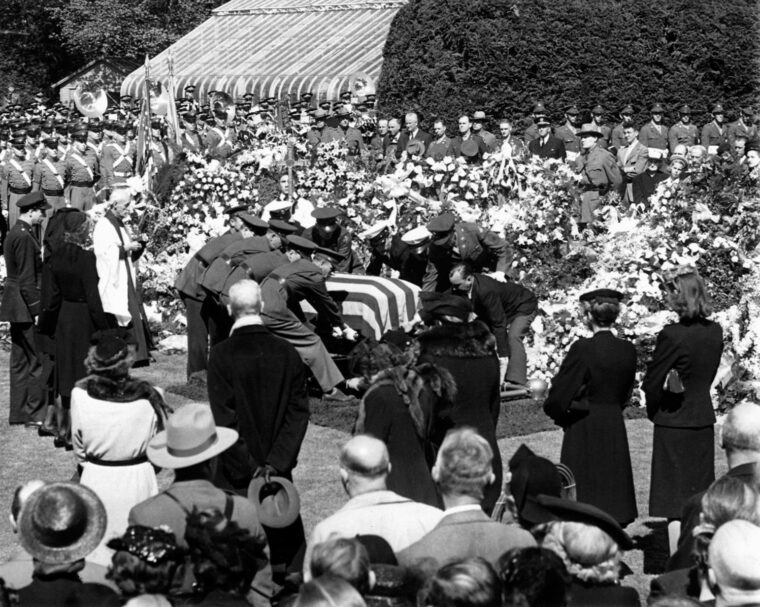
WWII
It was a sunny spring day atop Pine Mountain in Warm Springs, Ga. In his little white pine cottage, where he was resting from the strenuous Big Three conference at Yalta in the Crimea on February 4-11, 1945, President Franklin D. Read more
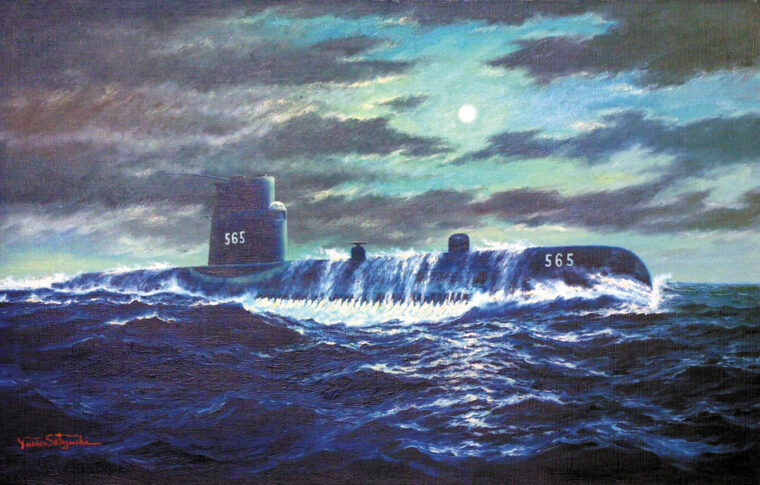
WWII
On the night of September 14, 1942, the men aboard the U.S. Navy submarine Wahoo spotted smoke rising from the funnel of a vessel emerging from Truk’s north pass. Read more
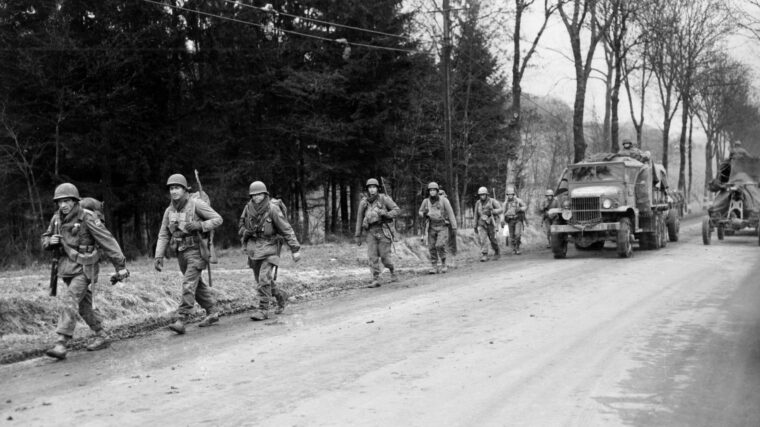
WWII
In a letter to his fiancée, Betty Craig, on December 16, 1944, from Helleringen, France, newly promoted Staff Sergeant Frank Lembo of Company B, 305th Engineer Combat Battalion, 80th Division, wrote of a battalion show the night before, complete with Red Cross girls serving donuts and the division band; an upcoming dance; doing laundry; and other pastimes of a soldier experiencing a period of reserve status. Read more
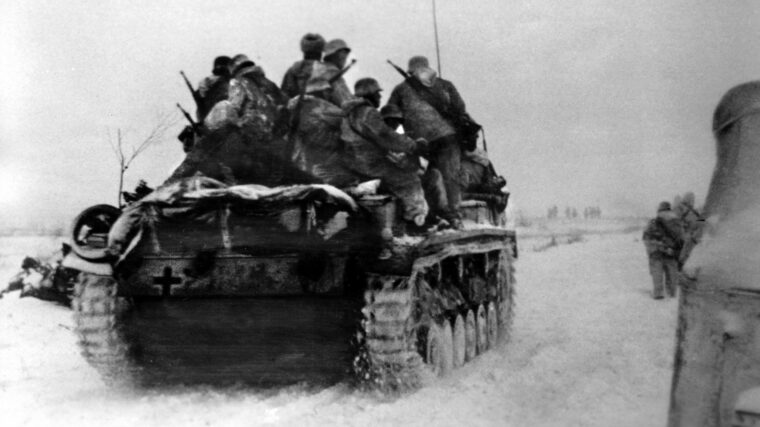
WWII
The imperious ringing of a field telephone broke up the meeting that General Vasili Chuikov was holding with his exhausted 62nd Army staff in their dugouts in Stalingrad. Read more
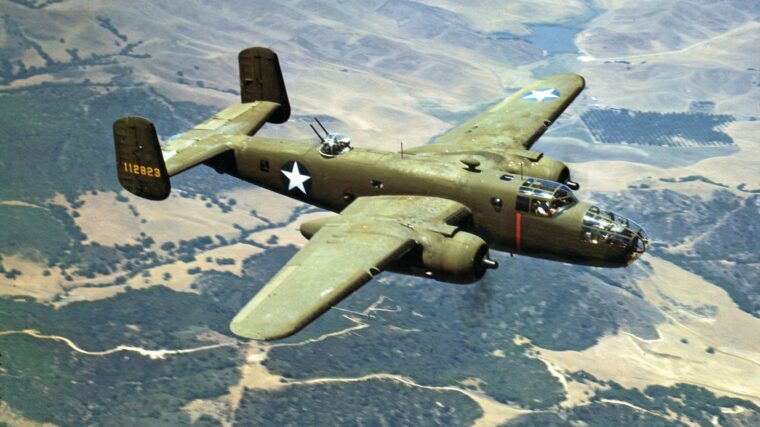
WWII
There is no disputing what the North American B-25 Mitchell medium bomber contributed to the Allied victory in World War II. Read more
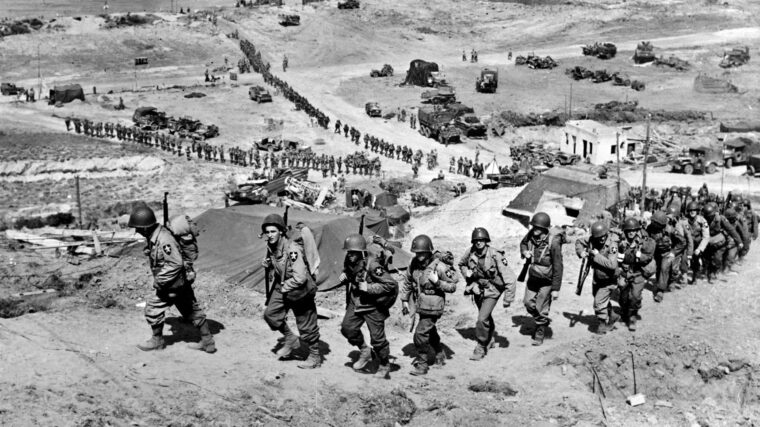
WWII
He was one of only two soldiers in the United States Army to rise from private to four-star general and to command one of the largest armies in America’s biggest conflict. Read more
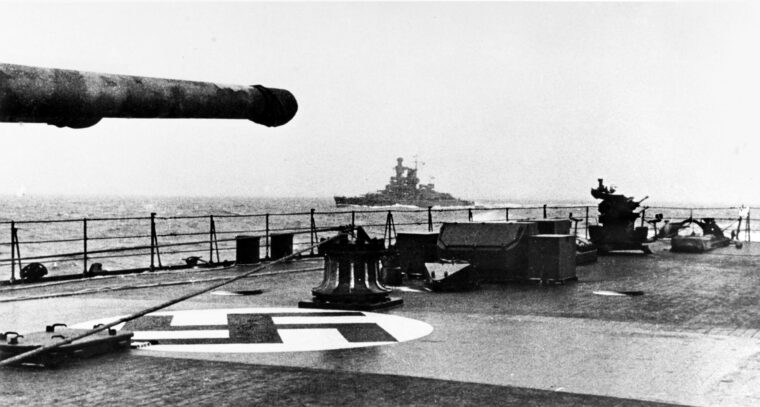
WWII
Battleships,” said Adolf Hitler, “have had their day.”
In a military conference held December 29, 1941, Hitler took time to remind those in attendance that not so many months ago the Bismarck went down with all but 115 of her 2,200 crewmen after a 100-hour sea battle. Read more